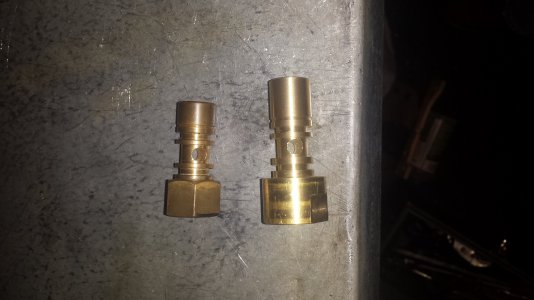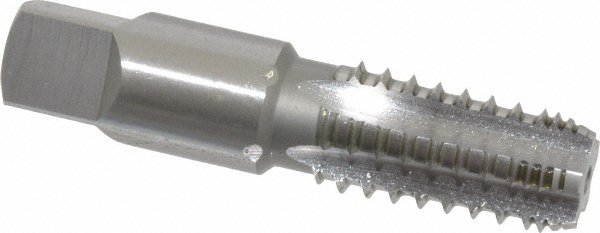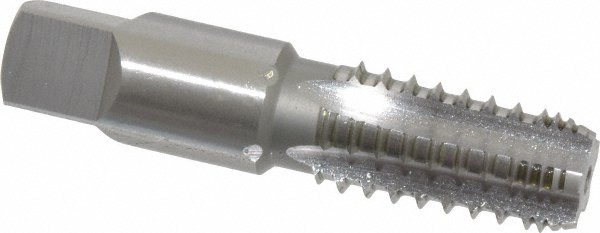- Joined
- Mar 30, 2014
- Messages
- 115
So I made my first actual part from scratch on my lathe. Everything before was simply maching down or facing stuff. I am really happy and excited that I actually made something I needed and it worked! Not to mention I couldnt even find the part.
I got a free air hose reel for my shop, no hose, but I had a good one for it. When I go to put a fitting on the inlet, I found it was cracked. Its made from brass. I take it off and apart. It looks pretty simple. I figure I could make a new one.
I got a peice of 1 inch brass round stock from ebay, and long story short, made a new one.
My problem was when it came time to tap the ends. One end was just regular threads to go on a mounting stud, the other was pipe threads for the inlet. When I went to tap the holes, it was extreemly difficult to tap. I mean so tight that I thought the tap was going to break! It also squeeked when doing this. I have tapped many things before, lots of steel and never had this much trouble tapping a hole. I tried 3 different types of lube, two made for cutting/tapping, and one that wasnt, all with the same result.
Why were these holes in soft brass SO hard to tap? Is this normal for brass? This is the first time I have really worked with brass. Machining was super easy, but tapping almost impossiable.
The part itself is the inlet, it has 2 grooves for o-rings. Another peice rotates around this, which is what the hose attaches to. It also has a snap ring to hold it on. I simply used a parting blade to cut the o-ring grooves, and actually to cut the larger center groove also. I then ground it down real thin to cut the snap ring groove. Drilled it for the air and milled two flats for a wrench, since it was made from round stock, instead of hex like the original. I made it a little longer on the end with the snap ring because I dont have a bottoming tap, and I wanted it to thread all the way on the mounting stud. I left the inlet end bigger, cause I wanted it thicker, thats where it cracked on the old one. Once I put it together, it works like new!

I got a free air hose reel for my shop, no hose, but I had a good one for it. When I go to put a fitting on the inlet, I found it was cracked. Its made from brass. I take it off and apart. It looks pretty simple. I figure I could make a new one.
I got a peice of 1 inch brass round stock from ebay, and long story short, made a new one.
My problem was when it came time to tap the ends. One end was just regular threads to go on a mounting stud, the other was pipe threads for the inlet. When I went to tap the holes, it was extreemly difficult to tap. I mean so tight that I thought the tap was going to break! It also squeeked when doing this. I have tapped many things before, lots of steel and never had this much trouble tapping a hole. I tried 3 different types of lube, two made for cutting/tapping, and one that wasnt, all with the same result.
Why were these holes in soft brass SO hard to tap? Is this normal for brass? This is the first time I have really worked with brass. Machining was super easy, but tapping almost impossiable.
The part itself is the inlet, it has 2 grooves for o-rings. Another peice rotates around this, which is what the hose attaches to. It also has a snap ring to hold it on. I simply used a parting blade to cut the o-ring grooves, and actually to cut the larger center groove also. I then ground it down real thin to cut the snap ring groove. Drilled it for the air and milled two flats for a wrench, since it was made from round stock, instead of hex like the original. I made it a little longer on the end with the snap ring because I dont have a bottoming tap, and I wanted it to thread all the way on the mounting stud. I left the inlet end bigger, cause I wanted it thicker, thats where it cracked on the old one. Once I put it together, it works like new!




